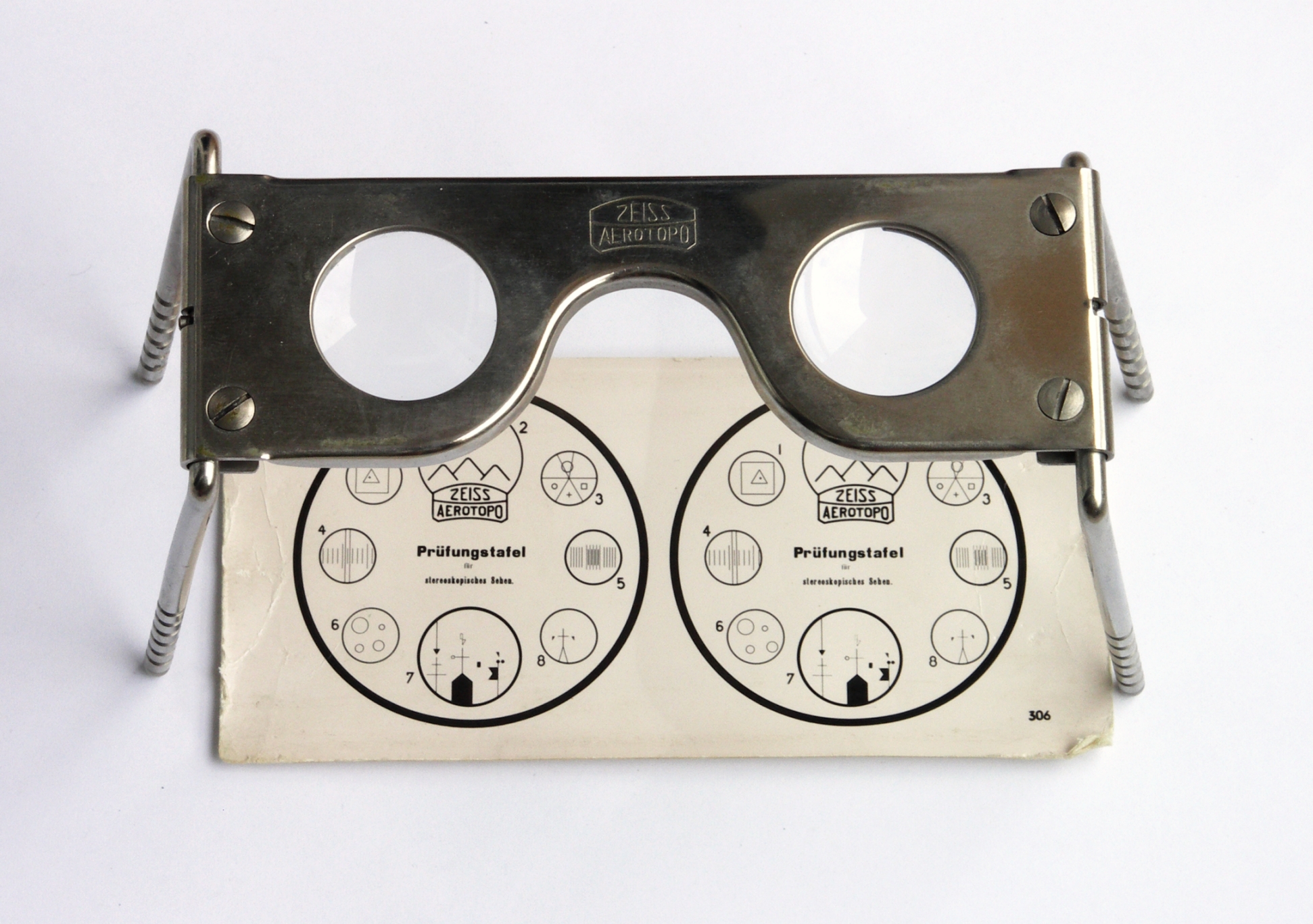Stereoscopy
These are the Anaglyph (red/green, red/cyan) glasses, and the issues with these glasses are that you can’t get good colour/contrast, but they provide you with good depth perception.
Polarized glasses are the type that are the most popular form found in theatres and they allow for full colour, high quality images, but doesn’t translate to home viewing.
Cross-eyed view is another way to view in 3D - similar to those Magic Eye books and posters they used to have.
Below is an image of an old fashioned stereograph.

Autostereoscopy
This method uses different techniques to achieve 3D without using glasses. It's pretty cool, he made us sit down in front of his laptop and we were shown a video in 3D, but we didn't have to put on the dorky glasses. However, I found that it gave me a bit of a headache, so I can't imagine watching for more than a few minutes. The Parallax Barrier works by taking advantage of the parallax caused by they barrier being in front of LCD screen. Each eye see the screen at slightly different angle which causes the 3D effect. Parallax barriers allow for more than two views to be seen allowing multiple viewing angles - for example I was able to see the 3D effect when I was standing off to the side as well, but it was in black and white.
Lenticular Displays
Lenticular displays operate on the same principles as lenticular printing
Pixels are magnified in different directions depending on where they fall on the lens, so each eye sees a different view. Any number of views can be used, depending on the dot-pitch of the screen and size of the lens. This display offers better brightness than barrier because light is not being blocked it is being refracted and is often used with eye tracking to provide a sweet spot that follows the viewer.


